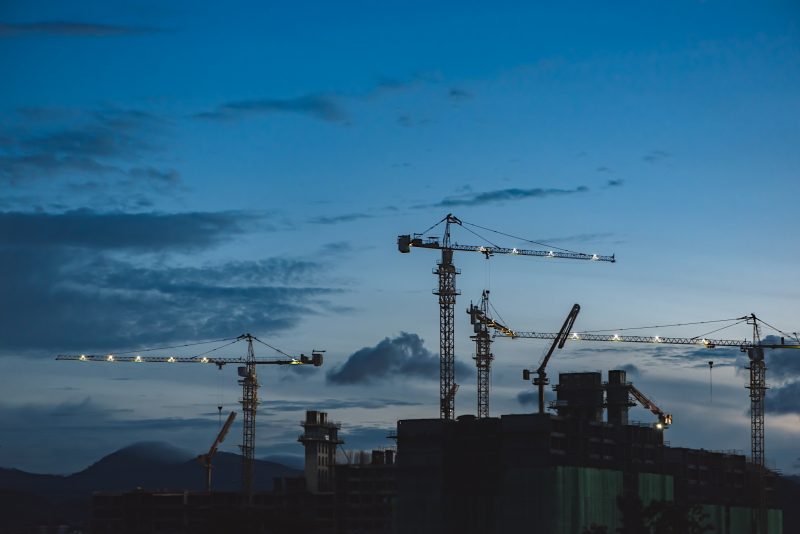Eirik Rudi Wærner is a central key person in the Norwegian building-industry when it comes to circular economy. In addition to being an environmental advisor for Multiconsult, he is also in the board of Forum for Miljøkartlegging (Forum for environmental mapping) and is the leader of Arbeidsgruppa for avfallsreduksjon og ombruk (The working group for waste-reduction and reuse) in NHP.

You are the leader for Arbeidsgruppa for avfallsreduksjon og ombruk i NHP, could you tell us about the NHP-network and Nasjonal handlingsplan for bygg-og anleggsavfall (National plan for building-waste)?
"Nasjonal handlingsplan for bygg- og anleggsavfall" is a network that consists of the most important key actors in the BAE-sector. Including developers, advisors, entrepreneurs, the waste-chain, building-material suppliers, and the government, which are all represented. The network started in 2000, and at the last revision, waste-reduction and reuse were brought in as topics (suggested by me). I therefore became the leader of this work.
Direktoratet for byggkvalitet og Miljødirektoratet ( The Directorate for Building Quality and The Environment Directorate) work with the EU to change current regulations. How long do you think it will take before we get changes that could speed up circular economy - process? (reuse, recycling)
I believe it could take multiple years to get the necessary changes. But it’s clear that the EU is in a rush. They announced in their "European Green Deal", right before Christmas, that they will begin working with revision of Byggevaredirektivet (Construction Products Directive). They have also said that they will start working with a "Circular Economy Action Plan", which also includes construction, in March 2020.
The NHP-network recently had a workshop regarding waste reduction in the building industry. Did you come up with any relevant ideas or solutions?
Yes, the most important thing is to not demolish, but reuse existing buildings. Secondly, to not build more than absolutely necessary. If one has to build, there should be used as many prefabricated elements as possible, and order pre-cut materials in the right dimensions. The designers should also be able to show how a construction could be dismantled if necessary. It is also really important that buildings are constructed with a long lifespan, and with a large degree of flexibility, so their use can be changed without any great rehabilitation or demolishing.
How do you think we could increase the efficiency of reuse of materials in Norway?
A reuse-database like Loopfront, is the most important tool in that case. It can make it possible for those who possess building-materials to find stakeholders who wants to buy or obtain used materials. We get the most effective reuse-process when we avoid taking items out of a building, and then putting it in a storage, waiting for someone to buy. If a building owner could advertise his materials well before the building is going to be rehabilitated/demolished, they could find customers, agree on terms, and trade their building products directly.




